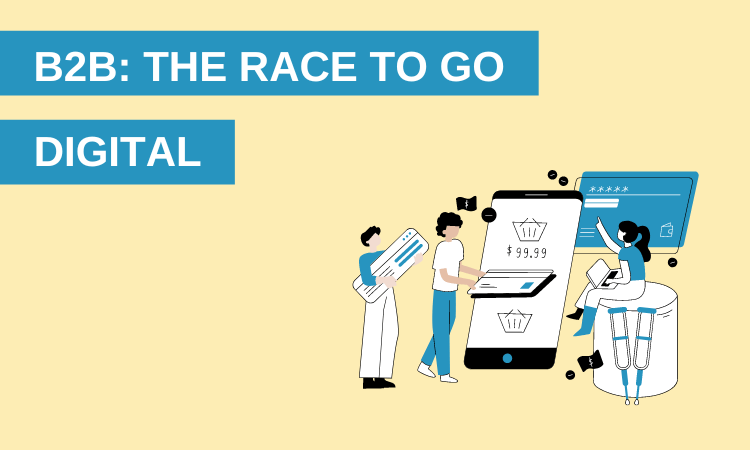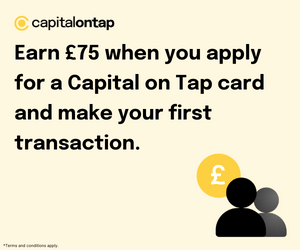55% of startups have now adopted a digital business strategy, one that focuses on operating using digital applications and is primarily eCommerce based. B2B has traditionally been behind the curve when it comes to digitisation. But that is changing – the latest reports reveal that 88% of B2B brands are now looking to increase their digitisation budget.
The change is driven by buyers who now demand self-service, digital options and a more B2C-like experience. Due to the rising digital demand, B2B eCommerce grew 17.8% in 2021, and experts predict it will generate $4.6 billion by the end of 2025. McKinsey & Company also found that 65% of B2B brands are transacting solely online.
It’s clear the B2B digital race is well underway, so let’s explore how brands can get ahead of the curve and deliver the services buyers want.
The Self-Service Era
The self-service B2B era is well and truly here – an article released on LinkedIn reveals that 70% of buyers now want to make purchases remotely without contacting the seller. It’s very much a B2C way of thinking, which suits the 86% of buyers who now demand the B2C experience. As a result, two-thirds of sellers are now exploring self-service tools.
Tools like eCommerce platforms, email finder extensions to find leads’ contact information are becoming almost essential, but it’s not necessarily essential for a business to have an eCommerce website. Platforms like Amazon Business can facilitate the self-service options buyers crave by working as Amazon Marketplace does. Brands advertise their products on the platform, and buyers can browse. There are also new self-service software packages to explore – Google B2B self-service tools to learn more.
Delivering Value Through Omnichannel
The steady shift from the desire for in-person contact to self-service options has meant omnichannel is exploding into the B2B industry. The most successful brands are now offering ten or more channels – according to Gartner – whereas five years ago, it would be unheard of for B2B brands to have more than five channels.
Omnichannel can include email, calls, in-person meetings, eCommerce, social media, and many other avenues that mean buyers now have the choice to interact with sellers how they wish. As a result, only 15% of buyers and sellers will be in-person 75% to 100% of the time, and 47% think they will be in-person half the time. Those figures are rapidly changing in favour of the virtual self-service options that omnichannel provides. The result is that 82% of B2B leaders now believe an omnichannel sales strategy is the most effective.

Keeping Customers Loyal With No Contact
How can B2B brands keep customers loyal when they don’t want to talk to them? Easy. There are numerous ways to nurture a long-term buyer relationship, such as through loyalty programmes that you can explore if you click here. Loyalty programmes aim to improve customer relationships, encourage further spending, and encourage buyers to refer to other brands. 87% of B2B brands now have some form of loyalty programme that aims to strengthen the business-to-buyer relationship.
B2B brands can also find ways to make the buying cycle easy. The buying cycle has long plagued the B2B world. It’s an average of 6 to 12 weeks long, involves up to ten people, and can loop round and round. Utilising omnichannel as a way of having multiple sales and contact points to help guide buyers through the journey can make the cycle less complex. So can understanding the business needs and how to support them, something that’s easy to discover through simple communication.
The B2B world is going digital. There is a race to take the business to the buyers, and the buyers are online. It makes sense, considering they complete an average of 12 online searches before contacting a company, and the industry is dominated by millennial buyers that demand digital options. Now is the time to explore digitising a B2B brand.

